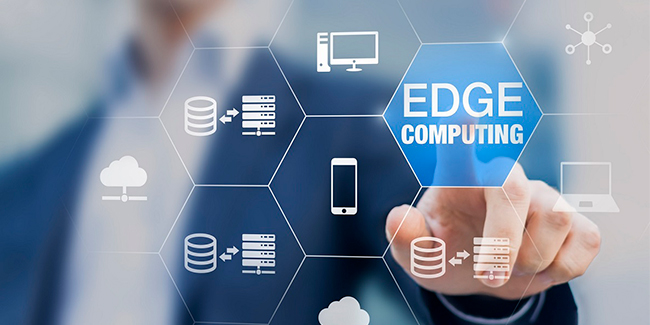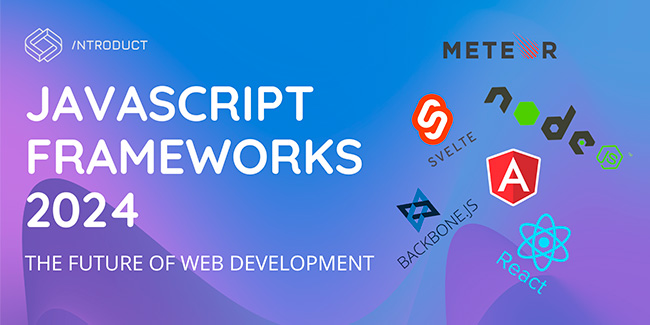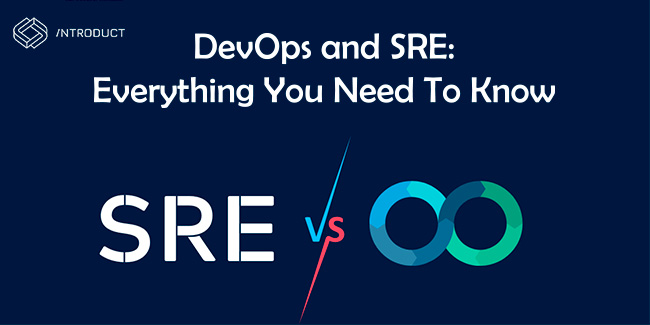

Understanding Edge Computing in Web Development


Edge computing – you may have heard of it, but not everyone has thought about its real purpose and meaning. In our fast-changing world, especially in web development, staying afloat means exploring new technologies and revolutionary changes. Edge computing is a radical shift in web development that reduces latency and improves application performance, allowing applications to run faster. The result is efficiency and reliability. In our latest blog post, we’ll discuss Edge computing, its definition, purpose, and role in modern web development.
How Edge Computing Changed the World?
What is Edge Computing and why is it called Edge Computing? Web applications have typically relied on centralized cloud servers rather than on edge computing. However, it has become clear that cloud servers have their limitations, such as latency and bandwidth constraints. Thus, edge computing can solve these problems by bringing computation and storage closer to the source of generation. Accordingly, this is where edge computing gets its name from.
Edge computing is a decentralized approach that offers several benefits, including reduced latency, improved performance and increased efficiency. Basically, edge computing enables computing resources, such as servers and storage, to be placed directly at or near the data source, rather than relying on a centralized cloud infrastructure.
Changes In Web Development
- Immediate response. When all the data is stored near users, the response is instant. It’s a big benefit for online games, video conferences, and so on.
- Instant Scaling. Dynamic scaling is also important, helping developers handle varying user loads smoothly.
- High-Security Level. Processing data at the source boosts security and privacy.
- SEO Boost. Edge computing allows websites to load faster and be more visible, thus ensuring a high rank on search engines.
- IoT Integration. Edge computing ensures seamless compatibility with IoT devices, driving innovation in web development.
Future Development of Edge Computing Technology
- 5G integration. To enable faster data transfer, 5G networks will increasingly begin to adopt edge computing in their technologies.
- Edge Artificial Intelligence and Machine Learning. The combination of edge computing and artificial intelligence enables fast, intelligent decision-making in online.
- Decentralized architecture. Decentralized architecture provides resilience and is consistent with blockchain technology.
- Edge analytics. Real-time analysis of local data can be provided. The result is an increase in the speed of decision-making.
To sum up, edge computing is a great technology that allows to reduce latency, increase performance, and enhance reliability. This step drives significant innovations in the world of web development. If you want to be up-to-date and follow the latest trends, adopting new technologies is inevitable. At Introduct, we drive new technologies and solutions to our clients, making their business more efficient and modern. If you’re interested in the technologies and services we offer, don’t hesitate to contact us. Introduct – your fully integrated technological partner.
More Articles

JavaScript Frameworks: A Glimpse into the Future of Web Development JavaScript Frameworks: A Glimpse into the Future of Web Development
JavaScript is all about front-end, as it can offer everything needed for developers. But how to make the process faster and more convenient? Here come JavaScript frameworks, which are actual libraries of pre-written code for developers, saving much effort and time.

DevOps and SRE: Everything you need to know DevOps and SRE: Everything you need to know
Site Reliability Engineering and DevOps, at first glance, seem similar, but if we take a closer look, they differ! SRE and DevOps both stand for security, resilience, and efficiency. The difference is that DevOps stands for Development Operations, while SRE stands for Site Reliability Engineering.
